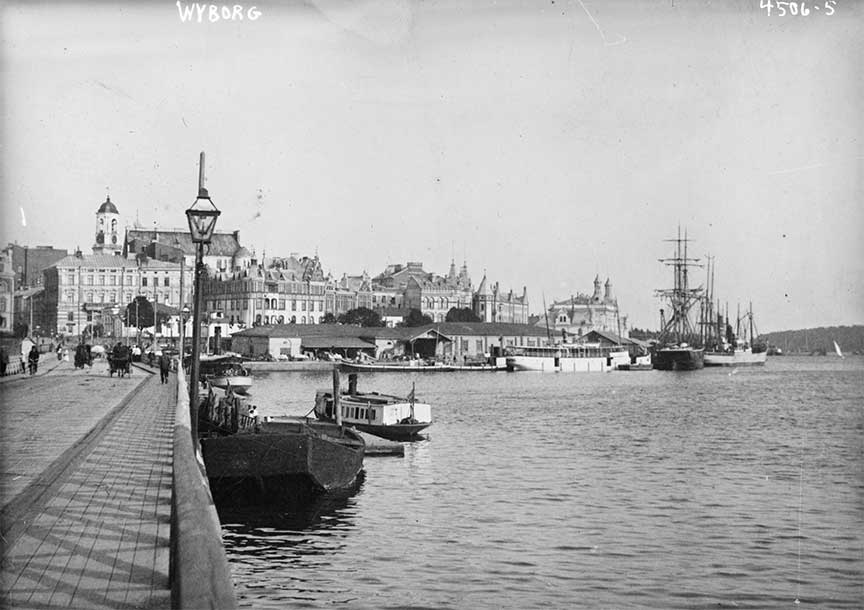Women Gain the Right to Vote in Finland

Wyborg
On June 15th 1906 Finland became first country in Europe to give its woman the right to vote. Within a year there were women members of the Finnish Parliament.
Finland was a part of Russia at the turn of the century, although Russian control over the country was not a strict as some other places. The Finish people were equally unhappy with their treatment at the hands of the Tsar.
When Tsar Nicholas disbanded the Duma, a number of the deputies fled to Vyborg Finland. There they organized a strike meeting to demand changes in Finland. At that meeting included in a demand that there be universal suffrage was a specific requirement that women receive the right to vote.
The demand was added without much question.
Women had been actively working to receive the right to vote in Sweden since 1897 when a petition was presented to the Estate of Burghers on behalf of women suffrage. The request was discussed and denied at the time, but it was considered in earnest.
In early 1905 the Finnish Diet discussed the question of expanding voting rights extensively, but no agreement could be reached. The rights of women to vote were very much a part of those discussions.
The Strike in December 1905 was successful, and the government gave in to most of the demands of the strikers, thus on June 1, 1906, the Diet approved the reforms that included universal suffrage, including the full right of women to vote. It became the first European state to do so. New Zealand had, however, given women the right to vote in 1893, and Australia had done the same in 1902.
On March 15th and 16th in 1907, Finnish women went to vote for the first time.
 >
>